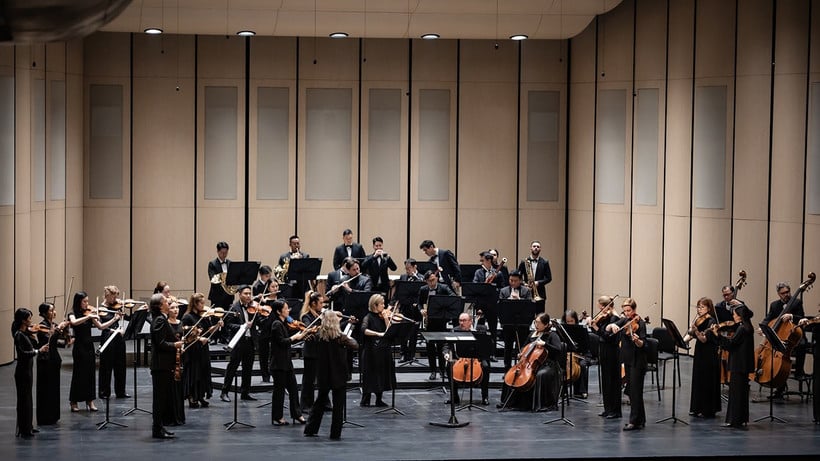
Through the Darkness “Chamber Symphony”
It can be said that D. Shostakovich's music is a mirror reflecting the contradictions of the times, between the darkness of oppression and the light of human will, between a mocking attitude and an indomitable spirit.
As Professor David Fanning, a music researcher specializing in the two composers Carl Nielsen and Dmitri Shostakovich, said: "Between the contradictory pressures from the government's demands, the endurance of most of his colleagues, and his personal ideas about serving humanity and the public, he succeeded in forging a musical language with immense emotional power."

Dmitri Shostakovich was born on September 25, 1906 in St. Petersburg, into a middle-class family with a chemist father and a talented pianist mother. Familiar with the piano and entering the field of composition at a very early age, he won second prize at the first Chopin competition, completed Symphony No. 1 right after graduating from the Conservatory in 1926 and was welcomed by the public as the first talented post-Revolutionary composer.
Shostakovich felt himself a member of the generation that grew up thanks to the victory of the revolution and always identified himself very instinctively with the Romanticism of the new era to which he belonged. Possessing a dream collection of awards inside and outside the (former) Soviet Union, he was considered “one of the most powerful musical voices of the 20th century”, with a huge compositional legacy.

The Chamber Symphony (Op. 110a) that Music Director Olivier Ochanine chose to perform at the concert is a work laden with sadness, a self-portrait in sound, a confession of Shostakovich's own pain and utter exhaustion, while carrying within himself illness, loneliness and torment.
The story goes that, at the age of 54, Dmitri Shostakovich went to the bomb-ravaged city of Dresden to compose music for a film depicting the horrific devastation of World War II. But ignoring his original purpose, he conceived one of the most profound and haunting works of his career: “String Quartet No. 8 in C minor”, later transcribed for strings by Rudolf Barshai as “Chamber Symphony Op. 110a”.

Officially dedicated to “the victims of fascism and war,” the piece is in fact a memorial to the composer himself. The DSCH chord (four notes D–E♭–C–B) taken from his German initials (D. Sch) resounds, repeating throughout the piece like a code of ego-self etched into each measure.
The unique signature he often used to sign some of those works, when appearing in the “Chamber Symphony”, was implicitly understood as a painful affirmation of “I am still here”, in the midst of a community that wanted to erase the personal color of each member.
The audience seems to be groping their way through a dark and painful journey in the composer's inner world, filled with chaotic movements. From the gloom of the opening Largo to the distorted rhythm and haunting repetition that evokes the horror of war in the second movement - Allegro Molto. From the ghostly waltz like a dance of ghosts in the ruins of the third movement to the thoughtful funeral in the fourth movement. And then ending with the weak breath in the fragile silence of the final movement, like a sad and mournful emotion when contemplating memories, ego and the limits of endurance of each person.

Exploring the darkness within him was not an easy experience, for most of the audience present in the Hoan Kiem Theater auditorium. Going through the melancholy and confusion of the “Chamber Symphony” was the most subtle way to touch the complex inner world of the author. Then burst into tears when bathed in the brilliant light of the following work, when realizing how beautiful the light was compared to the dark abyss that had just been faced. That was probably also the intention of the French conductor Olivier Ochanine, when he chose to conclude the “untold story” of Shostakovich with a joyful work titled Concerto No. 1 for piano, trumpet and strings.
In this way, the SSO has gone back in time, so that from the last years of his life, we meet a young Shostakovich who was both full of life and intelligence, yet strangely sarcastic and extravagant. In Concerto No. 1 for Piano, Trumpet and Strings, the piano and trumpet are not just two instruments but two voices arguing — between reason and emotion, between fear and freedom. The trumpet seems to tease, laugh arrogantly at tragedies. The piano, meanwhile, both tears and sings a song filled with faith in every human being.
And welcome the light with “Concerto No.1”
During his lifetime, Shostakovich's life, ideology, political views and some of his works received mixed reviews. But no one can deny the fact that he was a great composer.
Through the eyes of many famous critics, with symphonies, one can see the influence of Mussogrsky, Tchaikovsky and even to some extent - Rachmaninov on Shostakovich in the epic form and powerful orchestral arrangements.
But in the concerto realm, especially with the piano concertos, Shostakovich tried to depart as far as possible from the great Russian models. Comparing Shostakovich's Piano Concerto No. 1 with similar works by his contemporaries, it is difficult to say that they belong to the same genre.

If Rachmaninov, Tchaikovsky or Brahms tried to expand the piano concertos into something like a symphony with solo piano, Shostakovich turned his work into something completely new, satirical and witty, compact and pretty.
It is said that Shostakovich originally intended to compose a trumpet concerto for Alexander Schmidt, principal trumpet of the Leningrad Philharmonic, but he found the technical challenges difficult and decided to add piano and turn it into a concerto for two instruments with an orchestra consisting only of strings - quite unusual for Shostakovich.
The work also shows an unusual side to his music, bringing entertainment, fun, and wit, and becoming one of the most popular concertos today.
Composed in 1933, the Piano Concerto No. 1 is one of Shostakovich's most brilliant and daring works - a satirical concerto, interwoven with youthful spirit, sharp wit, and unexpected moments of profound beauty.
Written for piano, trumpet, and strings, the piece is almost a double concerto: the trumpet plays the roles of commentator, clown, and provocateur, juggling with the piano in witty and unexpected exchanges. The work’s propulsive, playful energy reflects the young Shostakovich – both a virtuoso performer and a mischievous satirist.
The work's four movements are a whirlwind of style and emotion, moving from the playful fanfares and sharp two-instrument conversation of the first movement to the warm and fragile piano tones of the second movement. Then, brief, mysterious pauses punctuate the two worlds with sumptuous harmonies in the third movement, and conclude with a wry laugh and a mischievous wink in the final movement.
Taking on the task of bringing this concerto to the public in the capital are two artists, piano soloist Luu Duc Anh and trumpet soloist Daiki Yamanoi. As one of the leading pianists in Vietnam, Luu Duc Anh possesses an impressive record of achievements, with prestigious music schools he has attended, domestic and international awards he has received, prestigious orchestras he has participated in, and prestigious competitions he has been a judge for.
“Concerto No.1” touched the hearts of the audience, thanks to the performance technique and emotional depth of this beloved face.

Alongside him, Sun Symphony Orchestra Associate Trumpet Daiki Yamanoi serves as partner and juggler, interweaving wit and lyricism in each musical dialogue.
Together they illuminate Shostakovich's paradoxical world - where laughter goes hand in hand with despair and satire becomes the truest expression of the author's messages.
The Shostakovich - Untold Stories concert opened with "Mikhail Glinka's Waltz Fantasy", a dance of dreams, a space clear, romantic and light as a breath. Glinka - the pioneer of Russian music laid the foundation for the night with gentle, fragile beauty before Shostakovich's musical world exposed the fragility of that dream before the weight of history. Both composers, in two different periods, turned the waltz into a symbol of human life - both graceful and haunting but also potentially indomitable and full of vitality.
Source: https://nhandan.vn/bang-qua-bong-toi-de-don-chao-anh-sang-post923587.html








![[Video] Closing ceremony of "Thang Long-Hanoi Festival 2025"](https://vphoto.vietnam.vn/thumb/402x226/vietnam/resource/IMAGE/2025/11/17/1763355467619_anh-ha-noi-5202-jpg.webp)
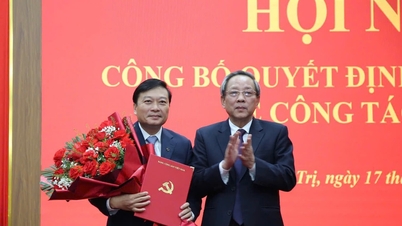

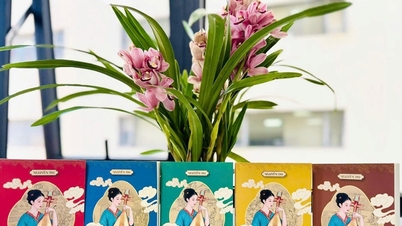


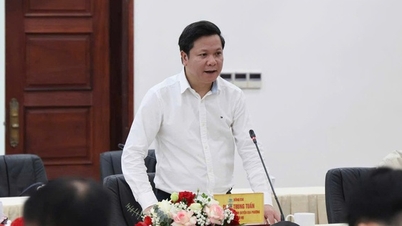








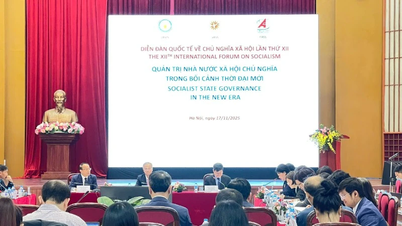

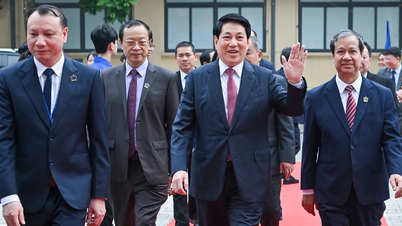








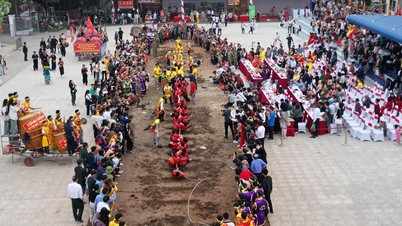

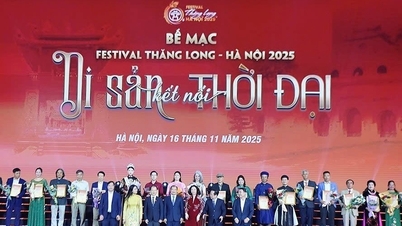












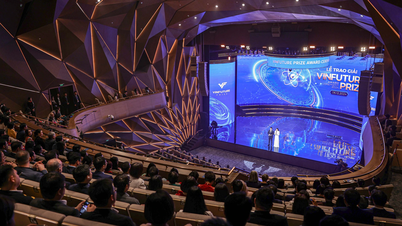

















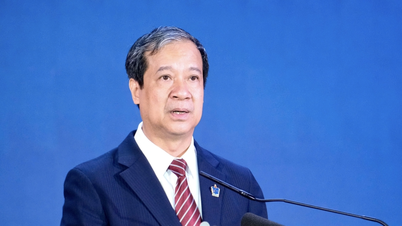


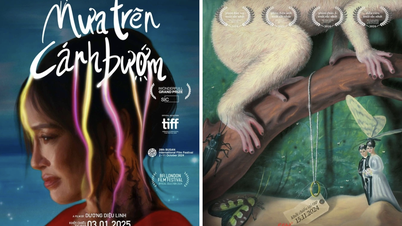
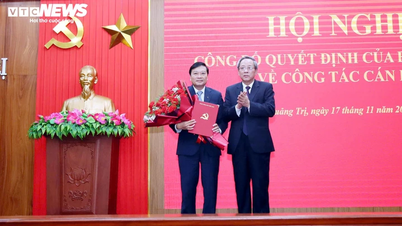




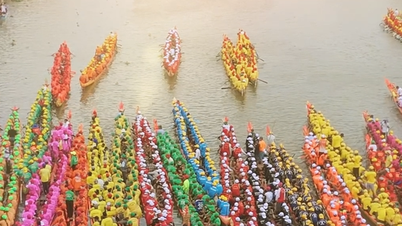



























Comment (0)